Even as students face a dark and uncertain future, the centre and the National Medical Commission of India are in talks to explore modalities to accommodate thousands of students left in the lurch due to the abrupt cessation of their medical education.
(March 5, 2022) Priyanka L had always been interested in studying abroad. A visit to a Hyderabad consultancy five years ago changed her life; she learnt about the top universities in Ukraine and decided to apply. Soon she was pursuing a six year MBBS degree at the Bukovinian State Medical University. Over the past five years, this Indian student has paid Rs 35 lakh of the Rs 40 lakh fees. However, the recent Russian invasion of Ukraine has now thrown things out of gear for this student who had to take a heavy loan to fulfil her academic dreams.
After completing MBBS, I wanted to complete my MCI and then go to London or Canada for my post-graduation. The war has ruined all my plans.
– Priyanka L, Indian medical student in Ukraine
As the war continues to take on a deadly turn, the 18,000 Indian students in the war-torn country face a bleak future. From trying to make their way back home, battling racism at the borders, to wondering what the future holds for them as they watch money invested in their education vanish in light of the war, thousands of medical students, who’d once made a beeline for Ukraine in hopes of quality education, are now stranded.
“After completing MBBS, I wanted to complete my MCI and then go to London or Canada for my post-graduation. The war has ruined all my plans,” says a dejected Priyanka, who was among the fortunate few Indians who managed to cross over to Romania and took a flight back home. Her worried family heaved a sigh of relief as she stepped out of Rajiv Gandhi International Airport a couple of days ago.
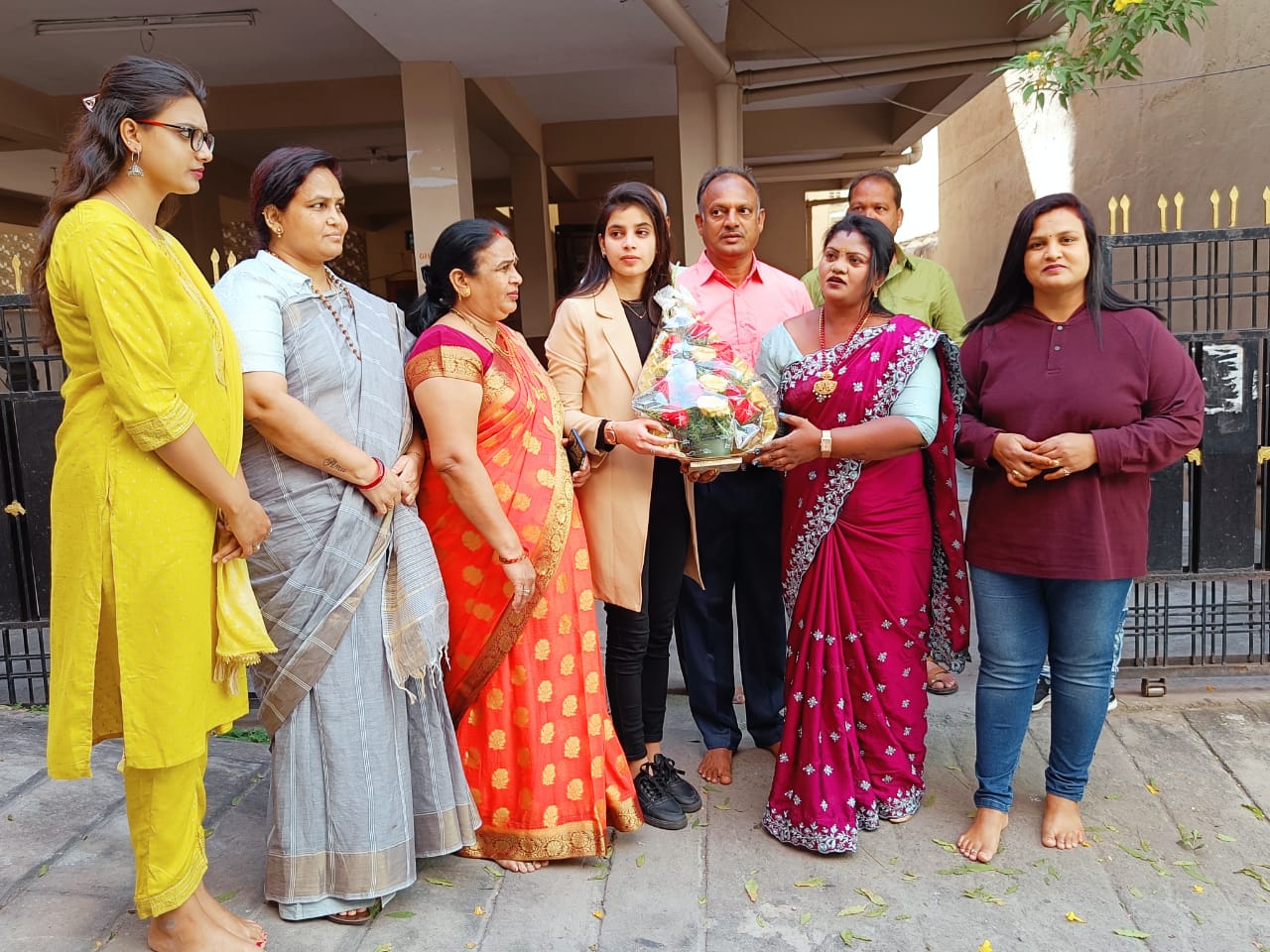
Priyanka L with her family in India
Parekh Disha, a first year MBBS student at Bogomolets National Medical University, tells Global Indian that students were forced to pay the second semester fees even as the threat of war loomed over Ukraine. “While there was speculation about the war, our University asked us to pay the fees in advance. We were also told that only those who pay their second semester fees could leave for India. I had no choice but to pay,” she says as she currently makes her way back to India. Disha’s six-year fee at Bogomolets costs Rs 36 lakh, while the hostel fee itself is about $1,000.
Thoughts are with all those Indian students, mostly from middle class families, whose parents risked every single penny they had, to send them for MBBS in Ukraine. Looking at the way things are, seems mostly a write off! #ukraineindianstudents
— Ajai (@Ajaijohn11) March 3, 2022
According to the ministry of science and education, Ukraine, about 24 percent of its overseas students are from India. Out of the total population of 20,000-odd Indians in Ukraine, about 18,000 are students pursuing medicine and engineering courses.
Bairam Shylaja who’d travelled to Ukraine just two weeks ago was forced to flee even before her course began. The first year MBBS student had coughed up a whopping Rs 8 lakh, which included university fees, food, accommodation, and consultancy fees. The young Indian student is still coming to terms with this swift turn of events.
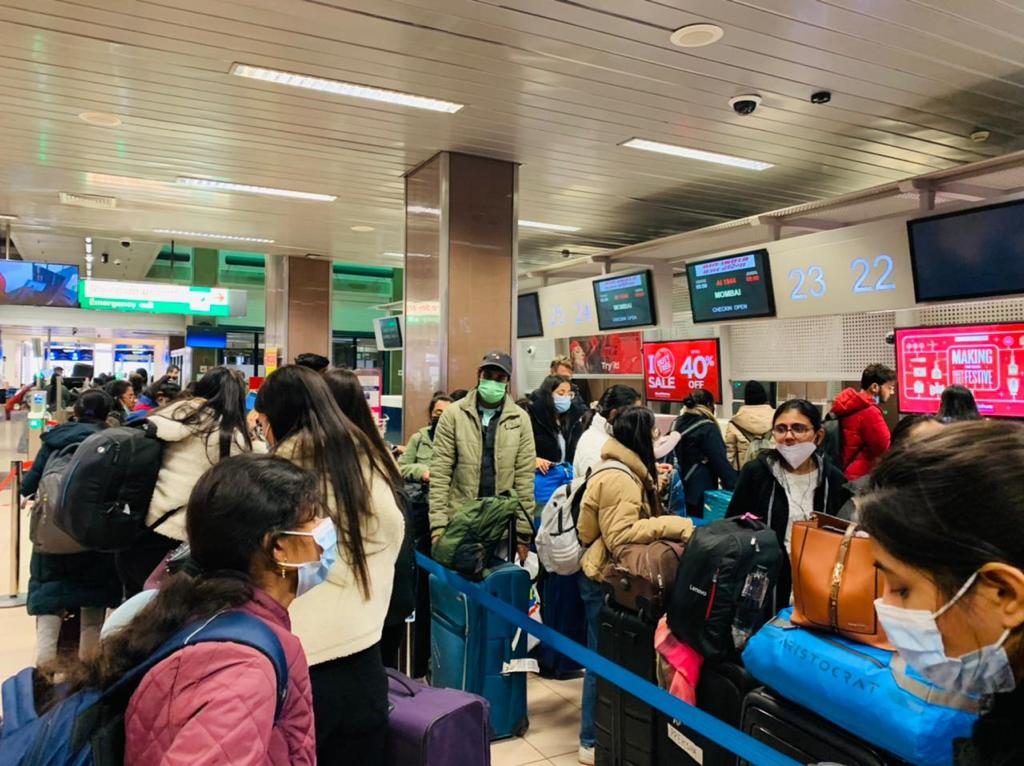
Indian students boarding the flight to India from Romania
Shylaja, who’d lost her father, says her elder sister Gayatri took a personal loan to help pay her fees, which the family now has to repay. ”If we get a refund, well and good. If not, the money is gone,” says Shylaja, whose dreams of pursuing a medical degree have come to an abrupt halt. As Shylaja tracks the developments in Ukraine, she says, that although she had attempted Neet thrice and qualified, she fell below the 600 mark. “That is when I decided to go to Ukraine to study,’ she explains.
Incidentally, India with 84,000 medical seats lags behind other countries. In 2021 as many as 1.6 million students had registered for NEET. Several of them make a beeline for Ukraine, which does not have any entrance exam making it easier to get admission into its medical colleges. Moreover, the standard of education in Ukraine is also pretty good – the country ranks fourth in Europe in terms of graduate and post-graduate courses in medicine. The war torn country has over 30 medical colleges, most equipped with state-of-the-art infrastructure which makes it a much sought-after destination for aspiring medicos from India.

Indian medical student Shylaja in Ukraine
According to Alka Kapur, a New Delhi-based educationist, Ukraine has been a popular destination for Indian students for decades. “Most Indian students study medicine in Ukraine because the country is recognised for providing excellent education, and reportedly ranks fourth for having the most significant graduate and post-graduate specialisations in medicine in the continent,” she says.
In addition, private medical institutes in Ukraine have lower tuition fees than those in India. A medical degree at a private college in India could cost anywhere between Rs 60 lakh to Rs 1 crore; sometimes accompanied by hefty donations. More importantly, she says, the World Health Organization even recognises Ukrainian colleges and the Indian Medical Council recognises their degrees. “Besides, the Pakistan Medical and Dental Council, the European Council of Medicine, the General Medical Council of the United Kingdom among others also accept Ukrainian medical degrees,” she points out.
Amulya C, a first year MBBS student at Vinnytsia National Pirogov Medical University, spent a sleepless night at the railway station before crossing over to Hungary and returning home to India. The youngster, who took a loan to pay her second semester fees, says, “Now that a full-blown war has broken out, I don’t know what my future is going to be like.”
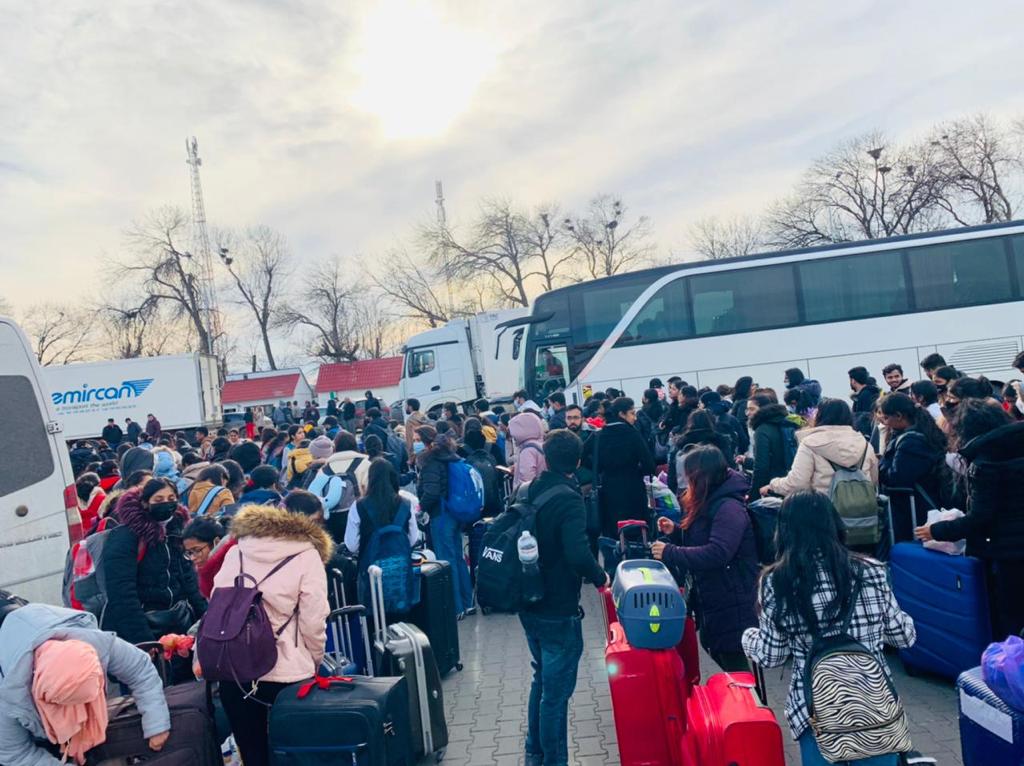
Indian medical students being evacuated from Ukraine
This is also a regret that Naveen Shekharappa’s family nurses. The 21-year-old Indian student, who tragically lost his life in the war at Kharkiv, had decided to study in Ukraine because getting admission in India was proving to be an expensive affair. “The medical seat under management quota is very expensive here and therefore he chose to pursue MBBS in Ukraine. We all contributed money to send him to Ukraine so that he could become a doctor,” his relative Siddappa was quoted as saying.
So what are the options before the students now? “I believe that the most important thing that matters right now is the lives of the students. First, they should return to their motherland so that they are safe and then wait for any favourable decision from the governments of Ukraine and India,” concludes Alka.
Decoding education in Ukraine
Pros
- No entrance test and an age limit of 24 years.
- Due to substantial government subsidies, most medical colleges have a low cost of education.
- Student exchange programmes allow students to study and work in Ukraine at partner institutions or universities in the European Union.
- Internship opportunities in nations such as the United Kingdom, Sweden, and others are available.
Cons
- According to MCI, an Indian student who obtains a foreign degree in medicine must pass a licensing exam administered by the MCI before practising in India.
- With Ukrainian and Russian being the most widely spoken languages, Indians are bound to face language barriers.
- The extremely cold clime of Ukraine can take some getting used to.

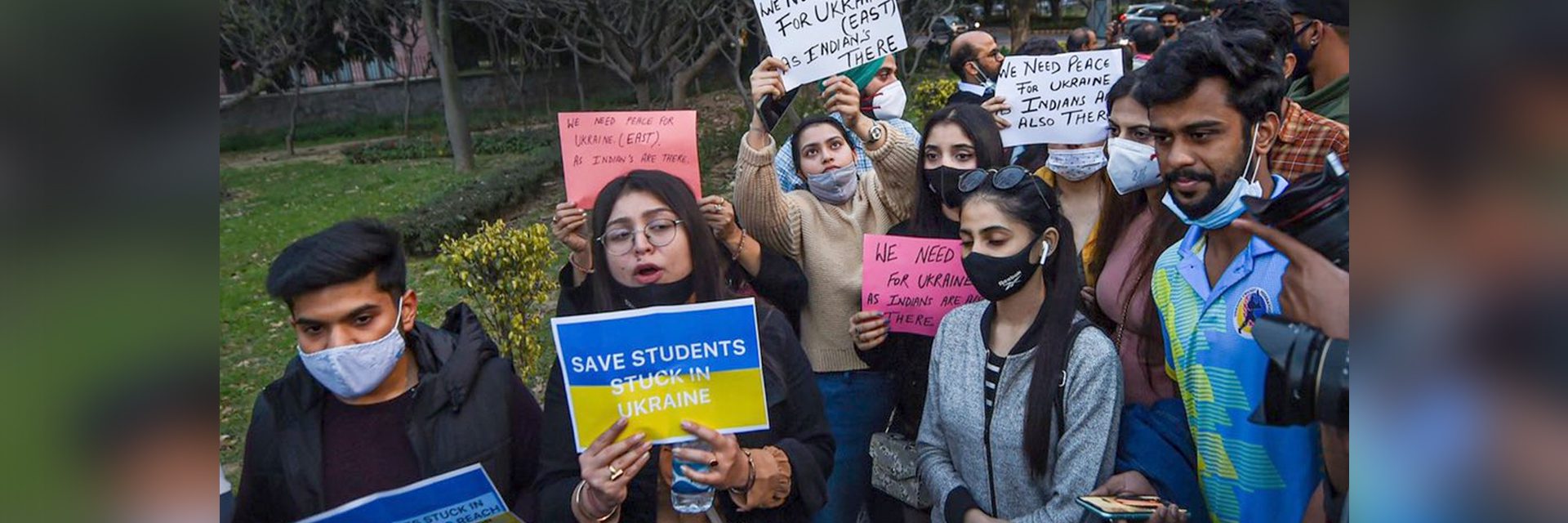

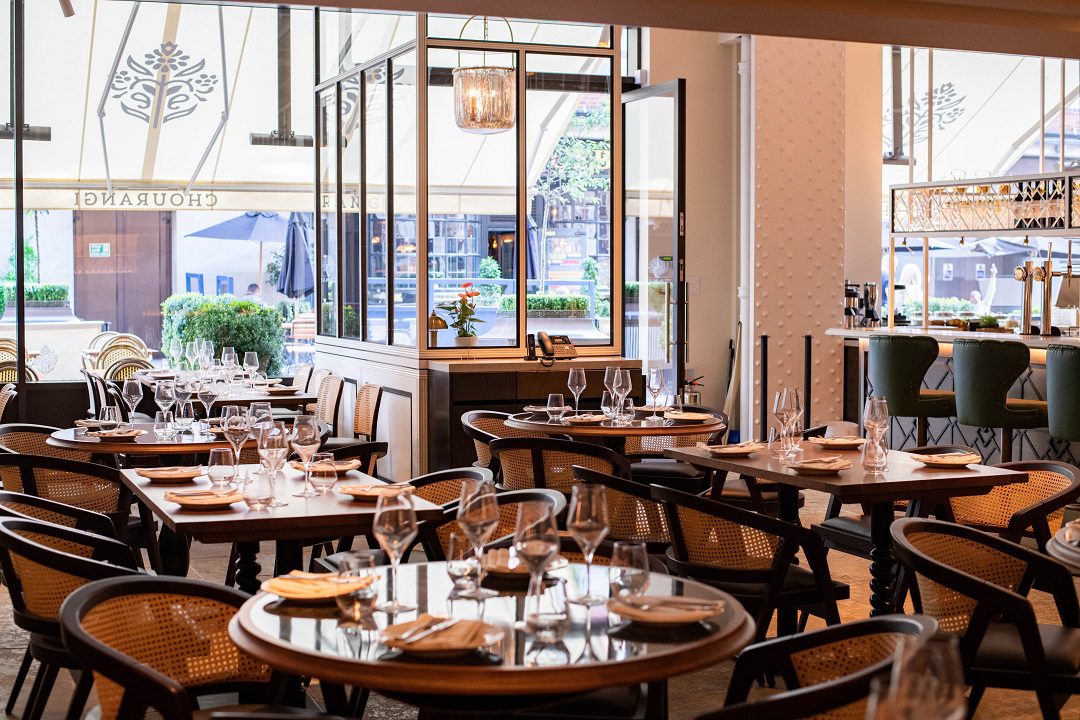 Anjan Chatterjee's Chourangi[/caption]
Anjan Chatterjee's Chourangi[/caption]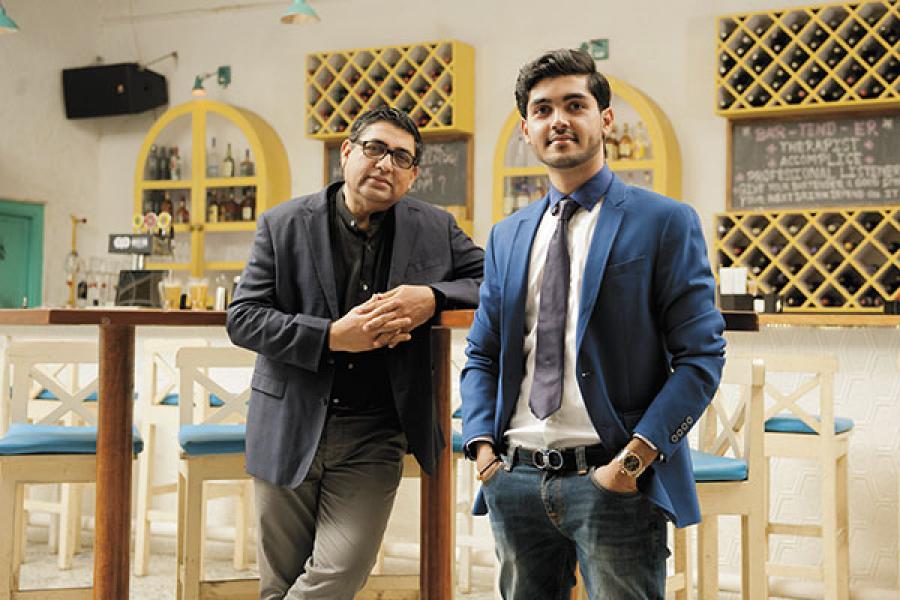 Anjan Chatterjee with his son Avik[/caption]
Anjan Chatterjee with his son Avik[/caption]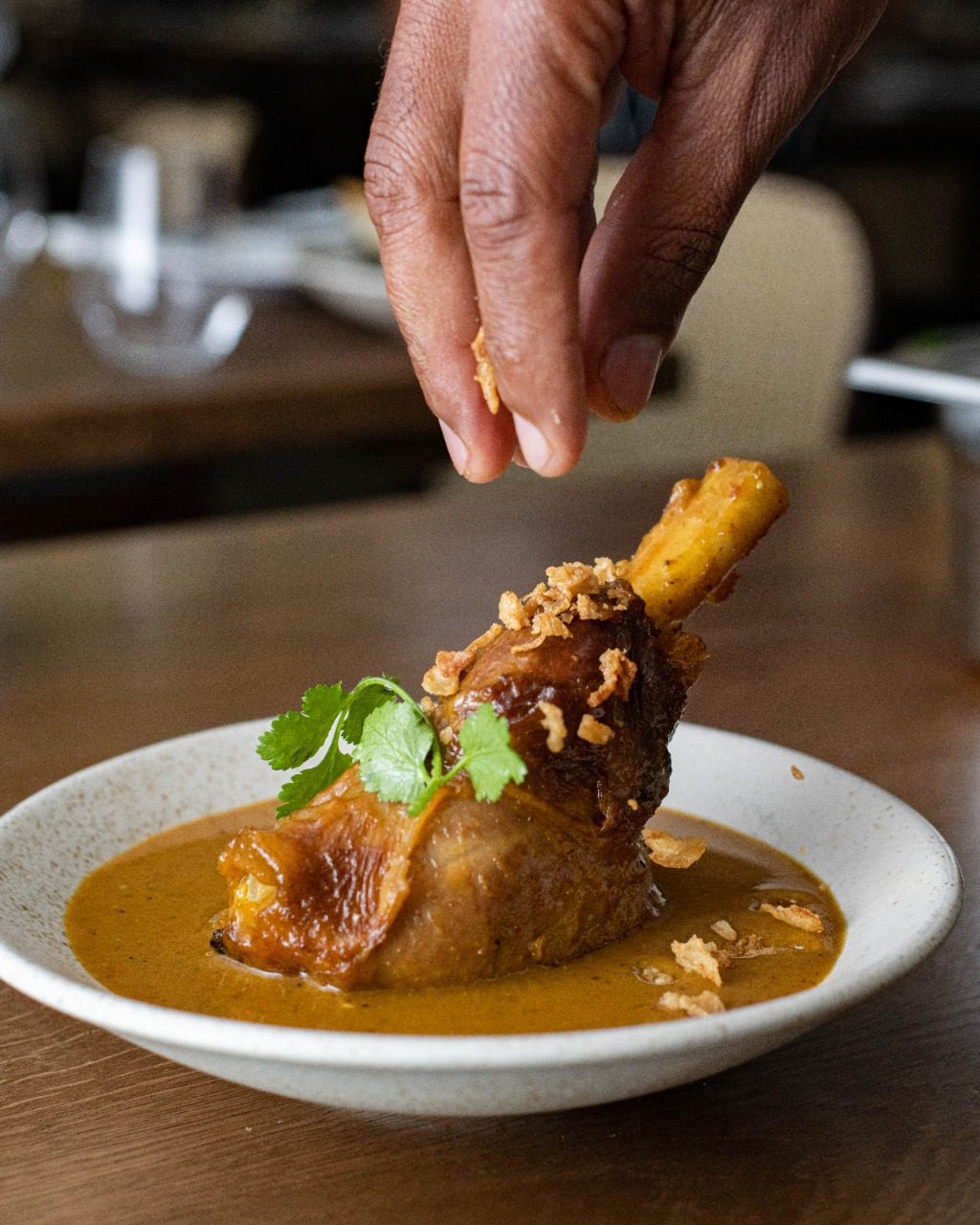 Braised Lamb Shank Curry[/caption]
Braised Lamb Shank Curry[/caption]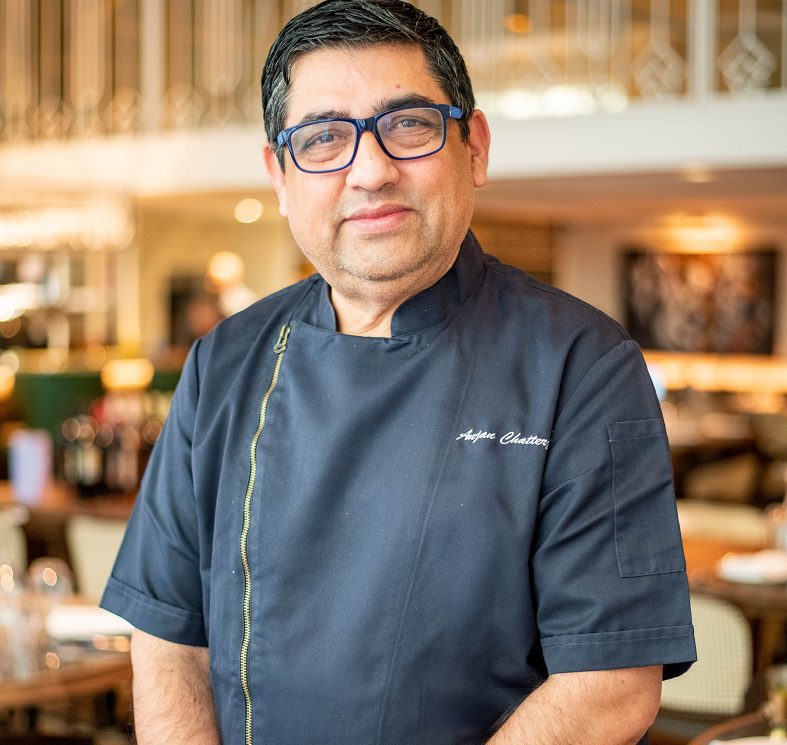



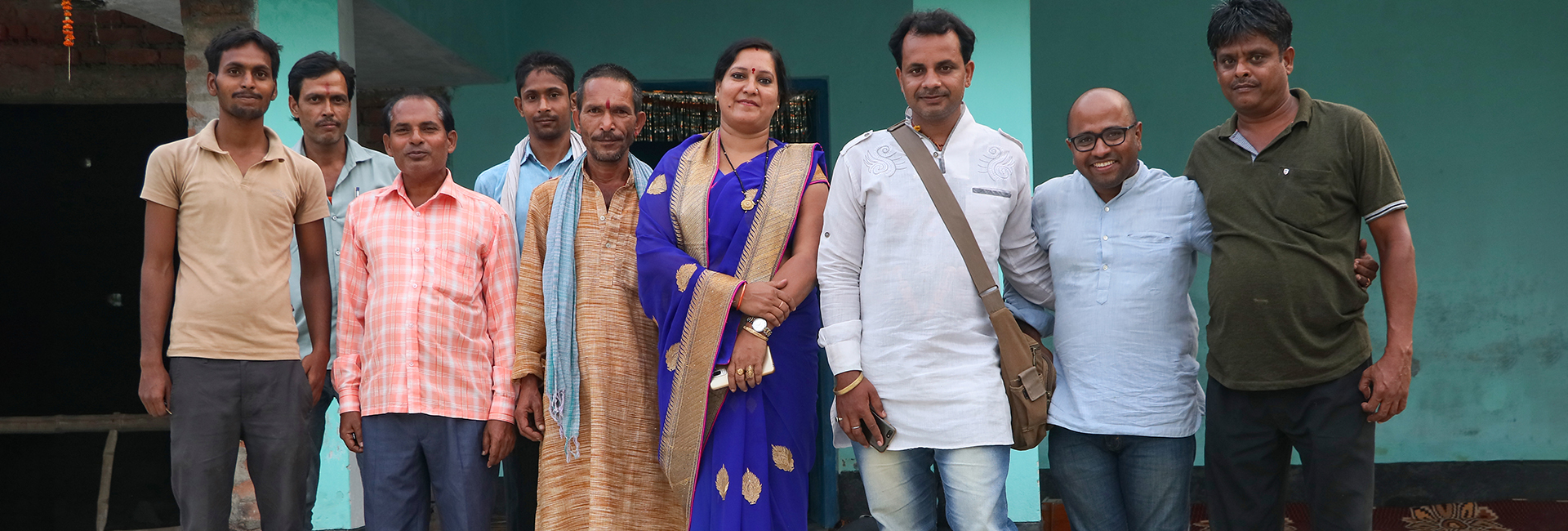
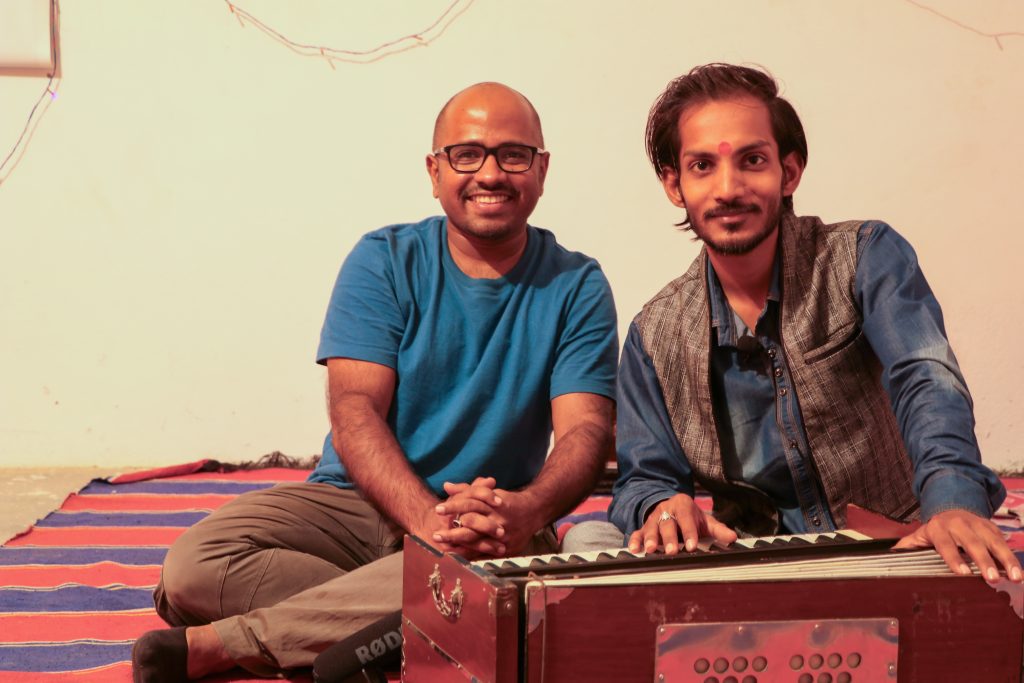 Simit Bhagat with a Bhojpuri folk artist[/caption]
Simit Bhagat with a Bhojpuri folk artist[/caption]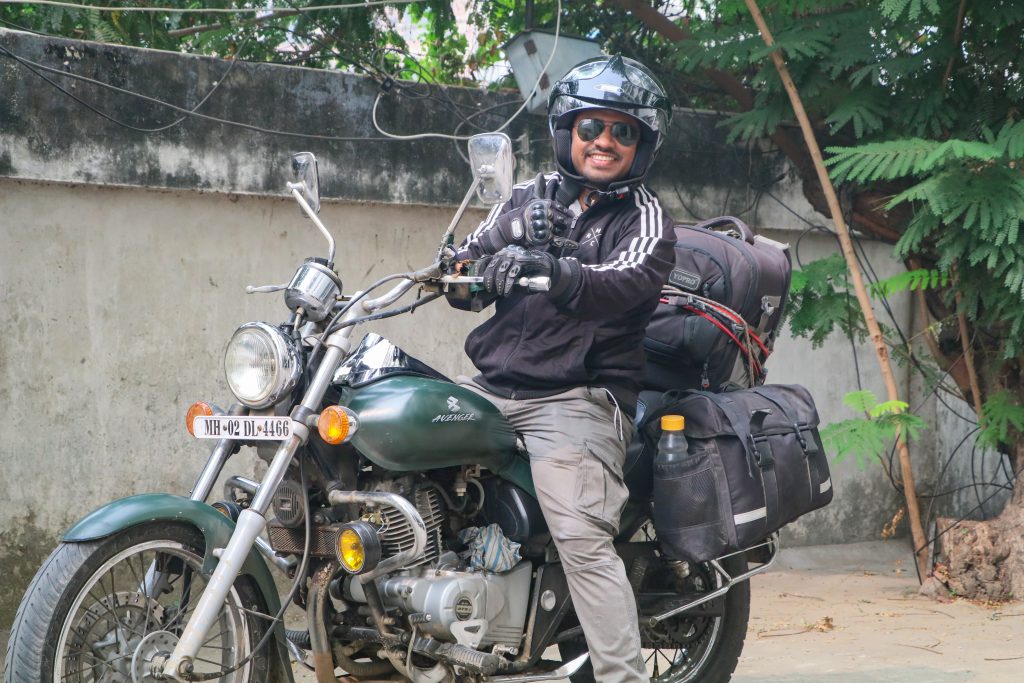
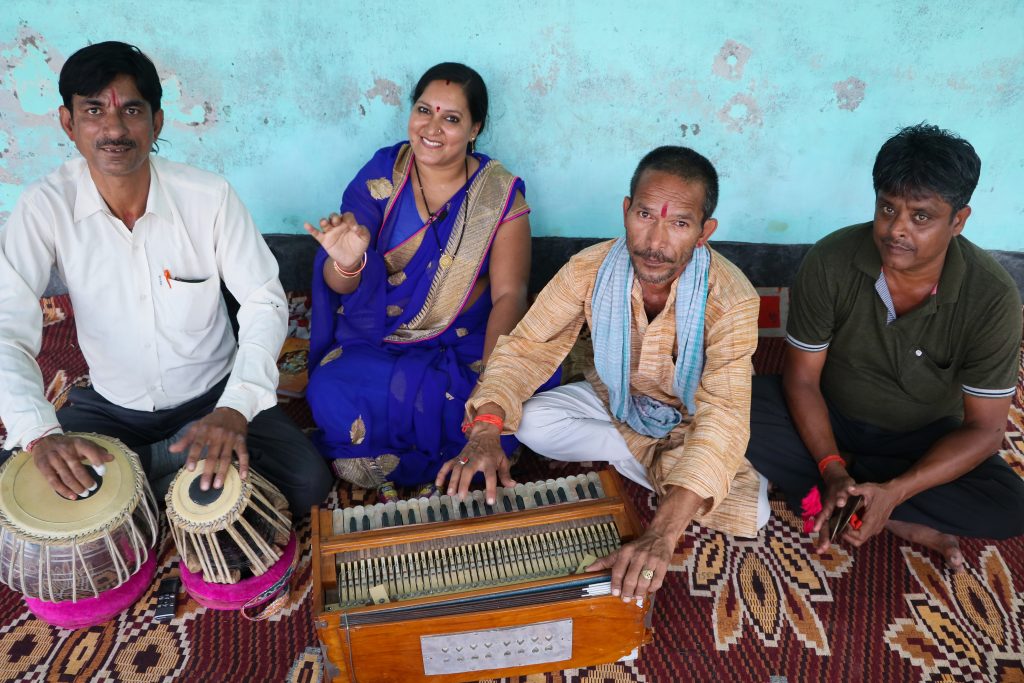 Simit Bhagat[/caption]
Simit Bhagat[/caption]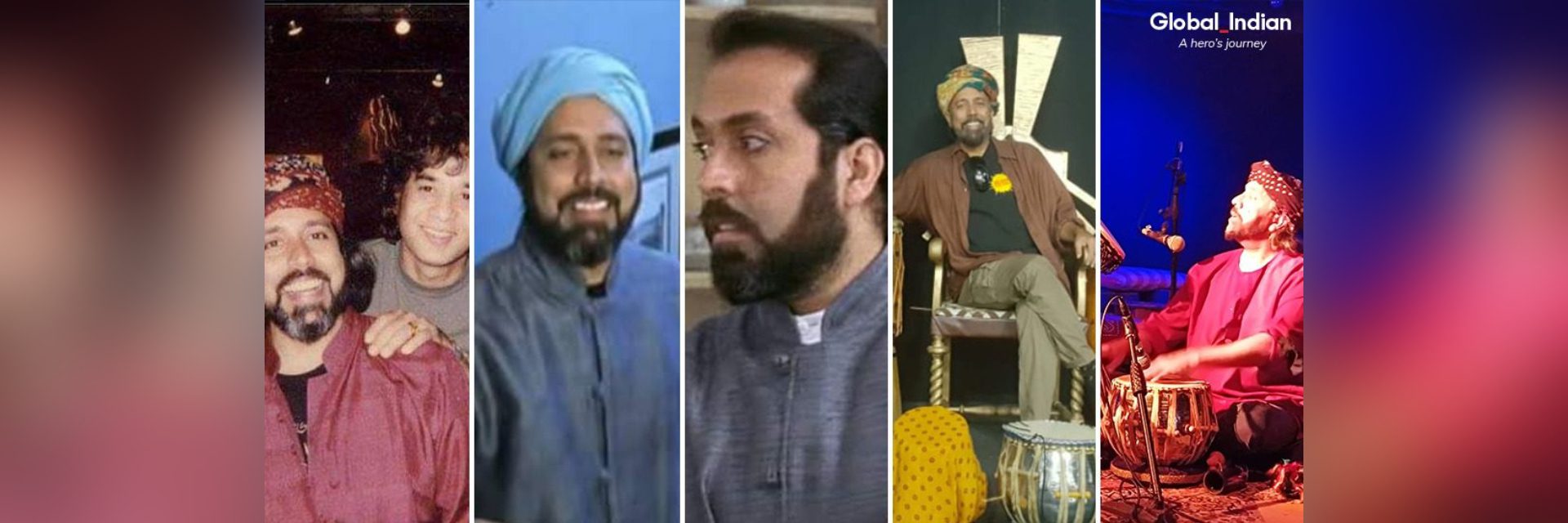
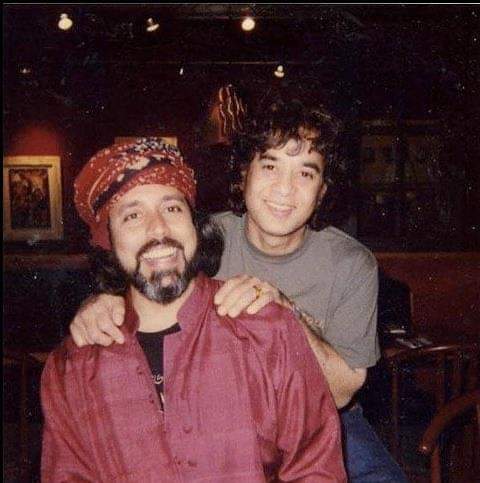 Rashmi Bhatt with Zakir Hussain[/caption]
Rashmi Bhatt with Zakir Hussain[/caption]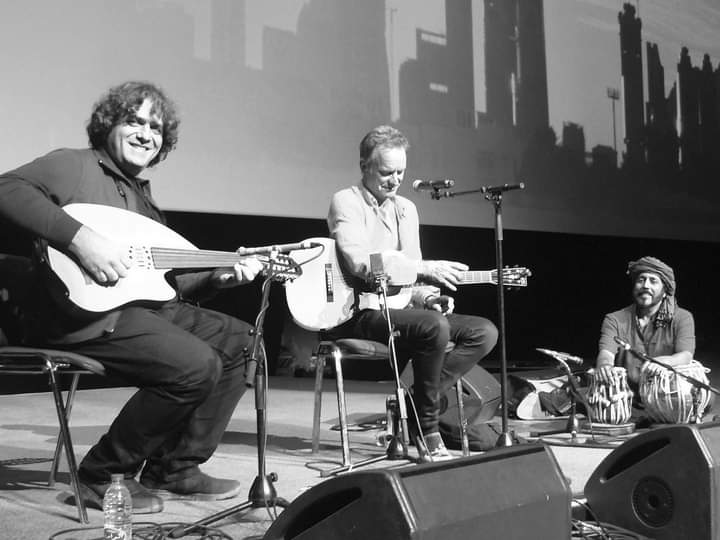 Rashmi Bhatt performing with Sting[/caption]
Rashmi Bhatt performing with Sting[/caption]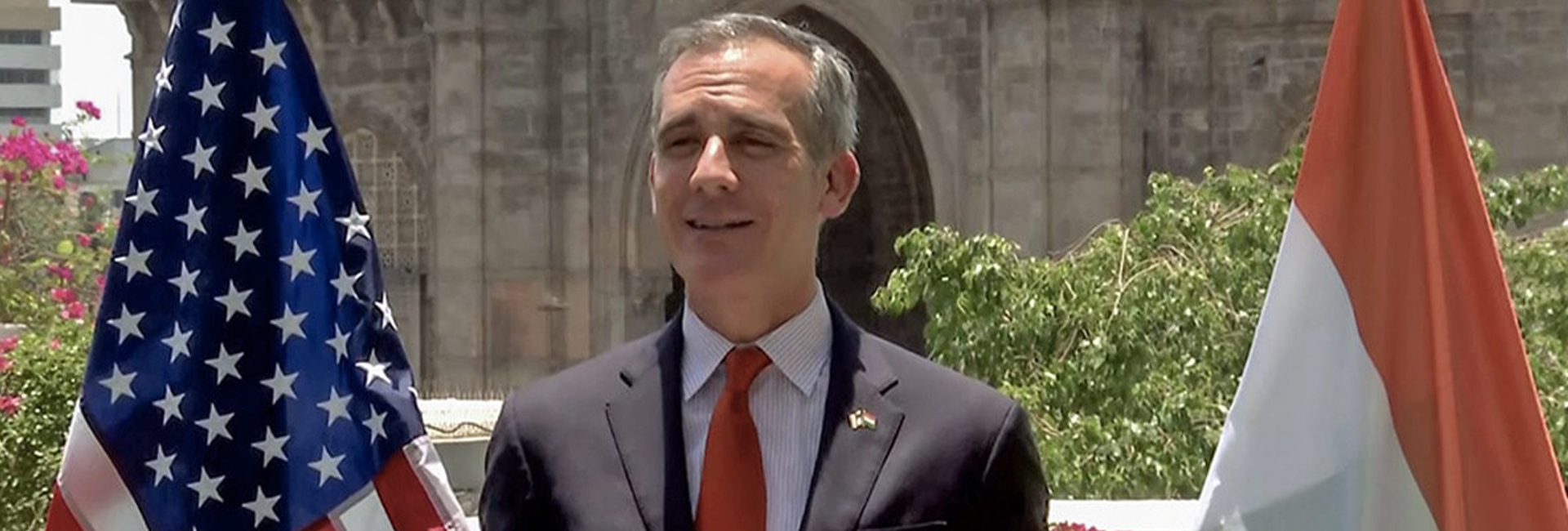
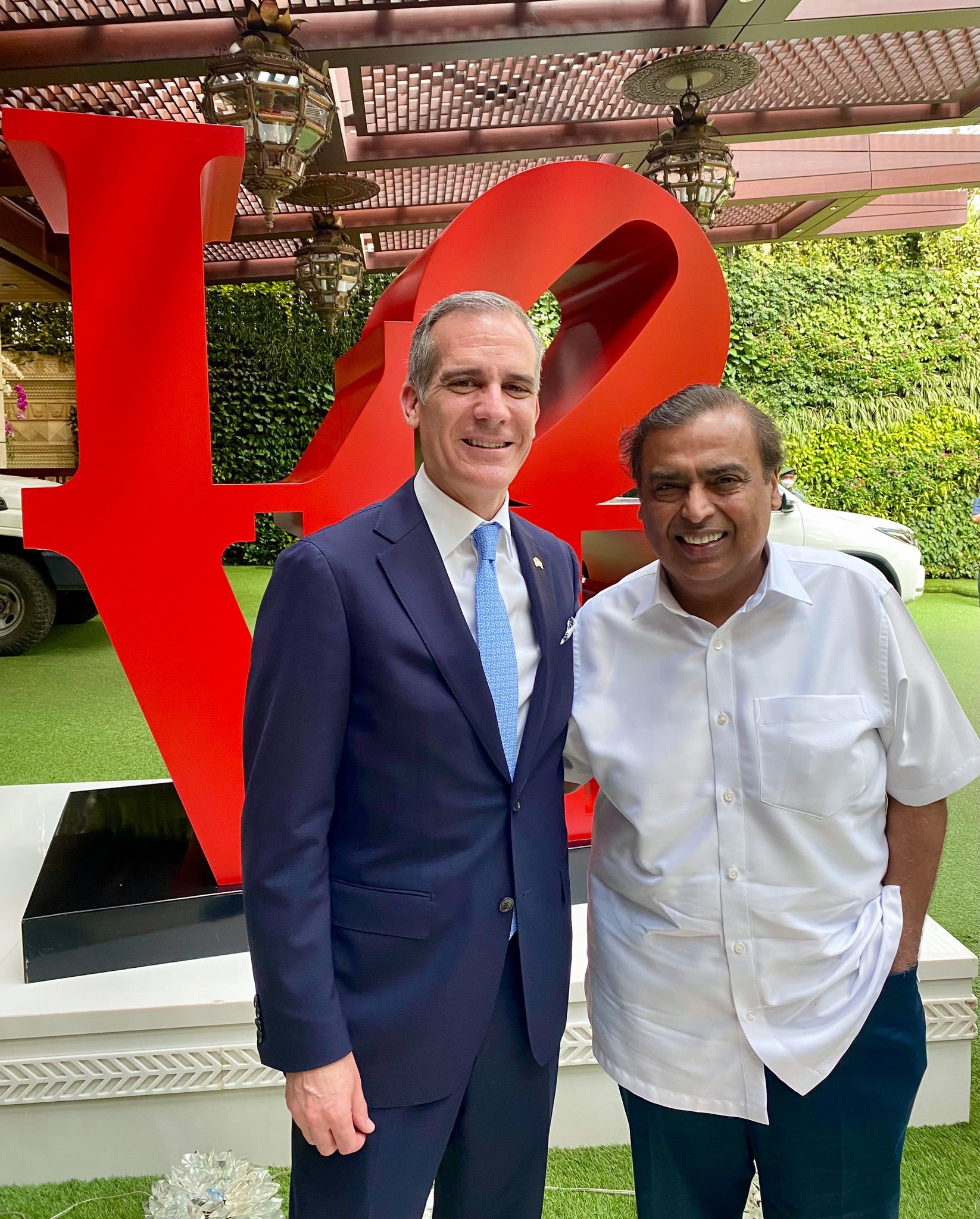 US Ambassador Eric Garcetti with Reliance Industries Chairman, Mukesh Ambani[/caption]
US Ambassador Eric Garcetti with Reliance Industries Chairman, Mukesh Ambani[/caption] Garcetti served as a Lieutenant in the US Navy Reserve for eight years. Photo:
Garcetti served as a Lieutenant in the US Navy Reserve for eight years. Photo: